Introduction
The world of robotics is rapidly evolving, and one of the most groundbreaking innovations in recent years is the development of self-healing and adaptive robots. These advanced machines have the capability to repair themselves and adjust to extreme environments, making them invaluable for space exploration, deep-sea missions, disaster recovery, and hazardous industrial applications. But how do these robots work, and what does the future hold for this technology? This article explores the science behind self-healing and adaptive robotics, their applications, and the challenges researchers face in perfecting them.
What Are Self-Healing Robots?
Self-healing robots are designed using special materials that can repair damage automatically without human intervention. Inspired by biological healing processes, these robots incorporate smart polymers, hydrogels, and shape-memory materials that can close cracks, fuse broken parts, or regenerate lost functionality.
How Do They Work?
- Self-Healing Polymers: Certain polymers contain microcapsules filled with healing agents. When the material is damaged, these capsules rupture, releasing a liquid that solidifies and restores integrity.
- Hydrogels with Regenerative Properties: Some robots use water-based gels that can reform their structures upon damage.
- Shape-Memory Alloys: These metals return to their original form when exposed to heat, allowing robots to restore their structures after deformation.
What Are Adaptive Robots?
Adaptive robots are equipped with AI-driven mechanisms and bio-inspired designs that allow them to adjust to unpredictable environments. Unlike traditional robots, which operate in predefined settings, adaptive robots can modify their structure, movements, and responses based on real-time data.
Key Features of Adaptive Robots:
- AI & Machine Learning: Allows robots to learn from their environment and adapt accordingly.
- Soft Robotics: Uses flexible, bio-inspired materials that enable smooth movement and reshaping.
- Modular Design: Robots with interchangeable parts that can be rearranged to suit new conditions.
- Sensor Networks: Advanced sensors help robots detect changes in temperature, pressure, and terrain.
Applications of Self-Healing & Adaptive Robots
1. Space Exploration 🚀
NASA and other space agencies are investing in self-healing robots for deep-space missions. These robots can repair themselves from radiation damage and extreme temperature shifts, making them ideal for Mars exploration, asteroid mining, and lunar bases.
2. Deep-Sea Exploration 🌊
The deep ocean presents intense pressure, corrosive conditions, and extreme cold. Adaptive robots can adjust their shape to navigate tight spaces, while self-healing materials help them survive deep-sea cracks and corrosion.
3. Disaster Response & Search-and-Rescue ⛑️
Robots deployed in earthquake zones or fire-prone areas can use self-healing materials to repair themselves and keep functioning longer. Adaptive robots can squeeze through collapsed buildings, navigate unstable terrain, and find survivors.
4. Industrial Applications 🏭
Factories and warehouses use heavy-duty robots that undergo wear and tear. Self-healing technology ensures minimal downtime, reducing repair costs and increasing efficiency.
5. Medical & Bioengineering Applications 🏥
Self-healing robotic prosthetics and exoskeletons can improve durability and adapt to users’ needs, making them more efficient for patients with mobility impairments.
Challenges & Limitations
Despite their promise, self-healing and adaptive robots face several challenges:
- Material Development – Current self-healing polymers and metals still have limitations in durability and speed of healing.
- Energy Efficiency – Self-healing and adaptive mechanisms require additional power, raising battery life concerns.
- Complexity in AI Integration – Teaching robots to respond to damage intelligently without external intervention is still an ongoing research area.
- Cost & Scalability – Producing self-healing robots on a large scale remains expensive, limiting widespread adoption.
The Future of Self-Healing & Adaptive Robotics
Looking ahead, we are likely to witness remarkable advancements in nanotechnology, AI, and biomimicry, which will make self-healing and adaptive robots more efficient and accessible. Over the next decade, we anticipate:
- Fully autonomous self-repairing robots for space and deep-sea missions.
- Soft robots capable of extreme shape-shifting and adaptation.
- AI-powered decision-making systems to enhance real-time learning.
- Affordable production for industrial and consumer markets.
As technology progresses, self-healing and adaptive robots will revolutionize multiple industries, making them resilient, efficient, and capable of operating in environments previously deemed impossible.
Conclusion
The development of self-healing and adaptive robots represents a major leap forward in robotics and artificial intelligence. These machines will redefine the way we explore space, respond to disasters, and interact with technology. While challenges remain, the potential for robots that can repair themselves and adapt to any environment is closer to reality than ever before. The future of robotics is not just about automation—it’s about resilience and evolution.
Stay tuned for more updates on cutting-edge robotics and AI innovations! 🚀🤖
Research Paper References
Reconfigurable Modular Soft Actuator Using Origami Structures With Self-Healing Materials: Several Technological Opportunities for Robotic Applications
Lisbeth Mena; Seppe Terryn; Bram Vanderborght; Concepcion A. Monje
https://ieeexplore.ieee.org/abstract/document/10876587
High-Conductivity, Self-Healing, and Adhesive Ionic Hydrogels for Health Monitoring and Human-Machine Interactions Under Extreme Cold Conditions
Fei Han, Shumeng Chen, Fei Wang, Mei Liu, Jiahui Li, Hao Liu, Yanshen Yang, Haoqing Zhang, Dong Liu, Rongyan He, Wentao Cao, Xiaochuan Qin, Feng Xu
https://advanced.onlinelibrary.wiley.com/doi/full/10.1002/advs.202412726
Verification of Self-Healing Ability by Plant Root Growth Achieving Plant-Symbiotic Robot Skin
Kodai Ochi; Mitsuharu Matsumoto
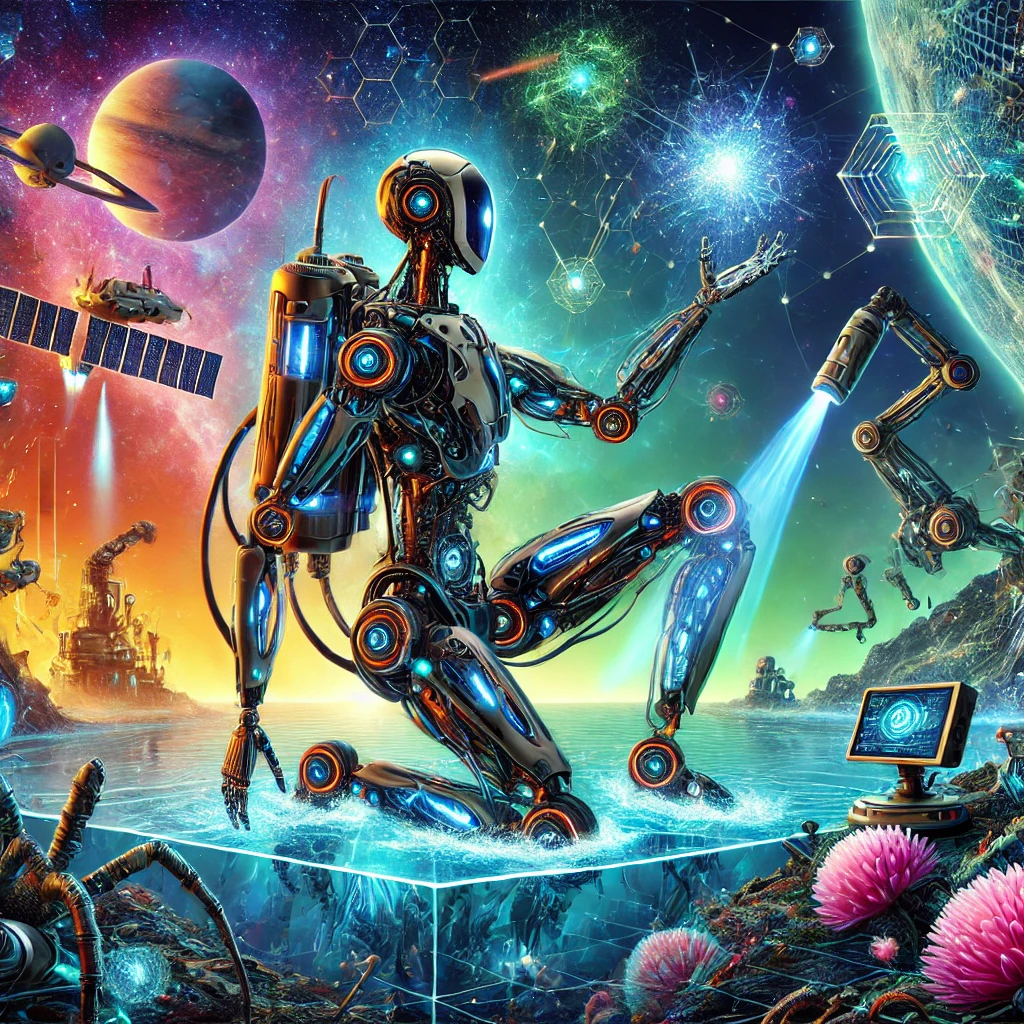
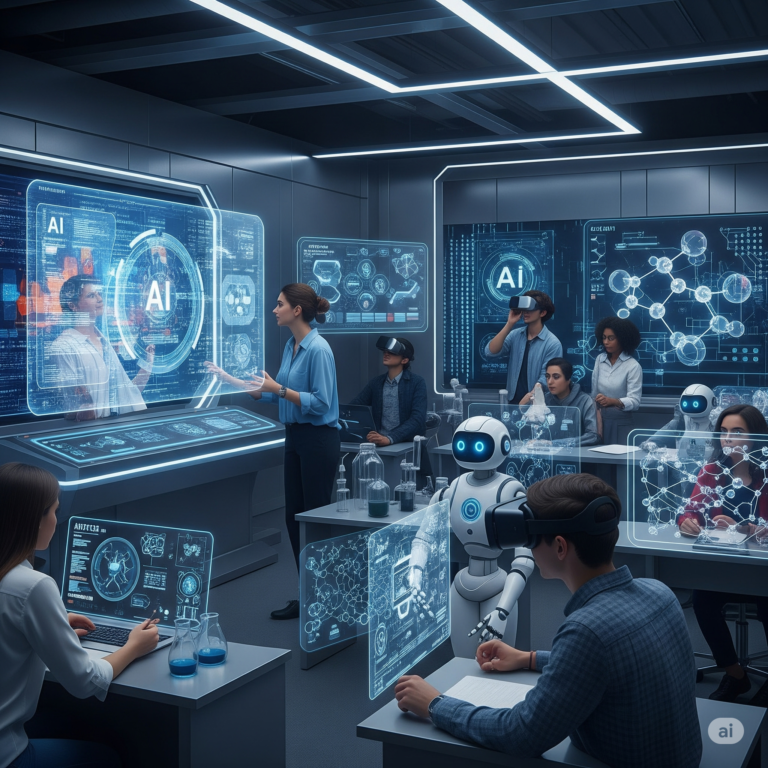

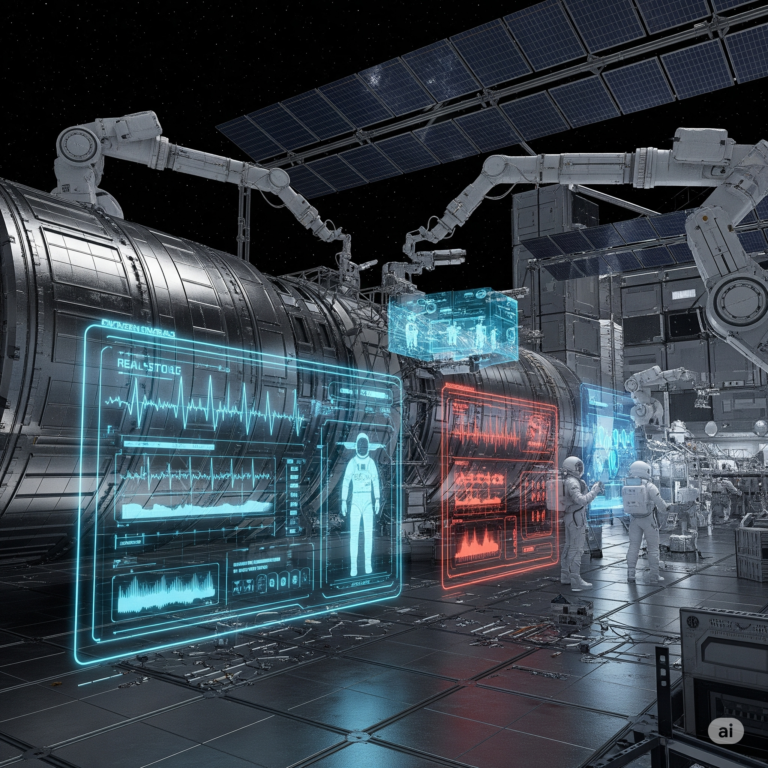

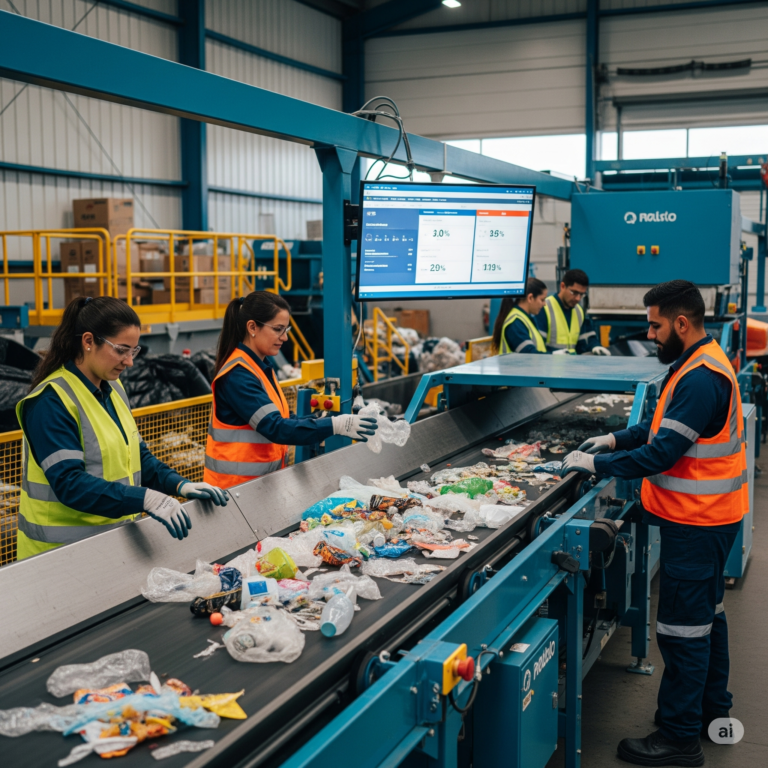

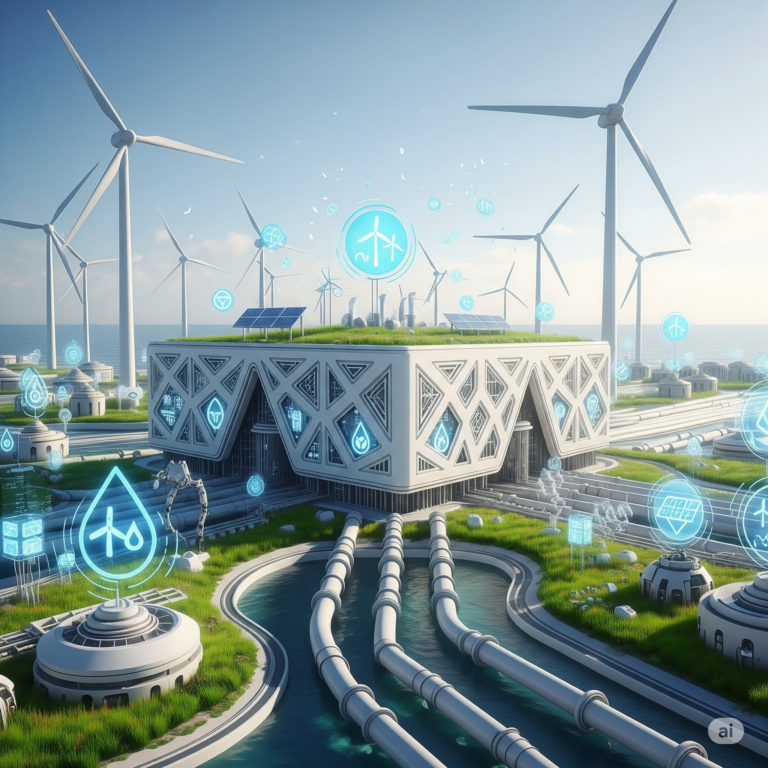
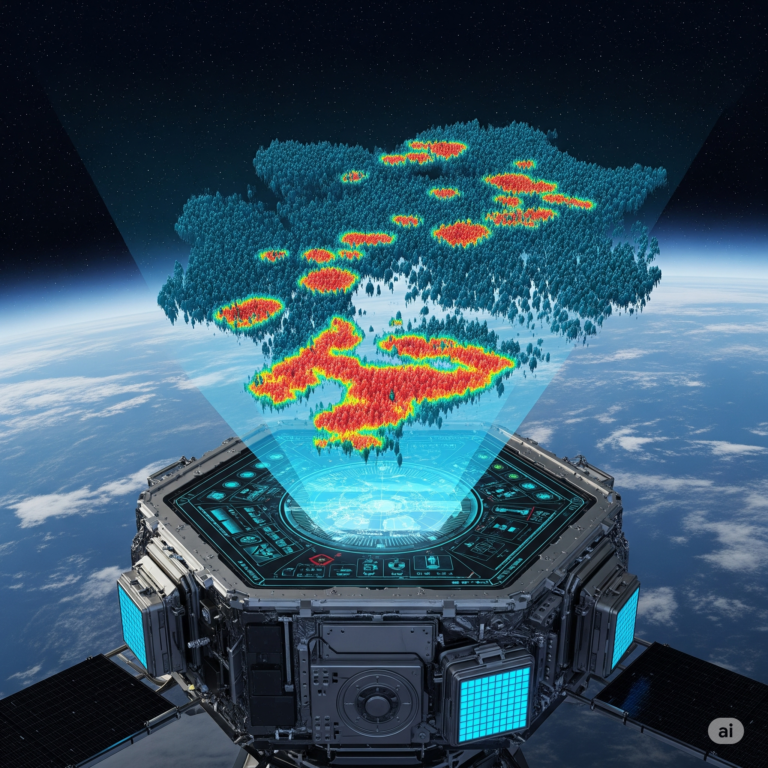
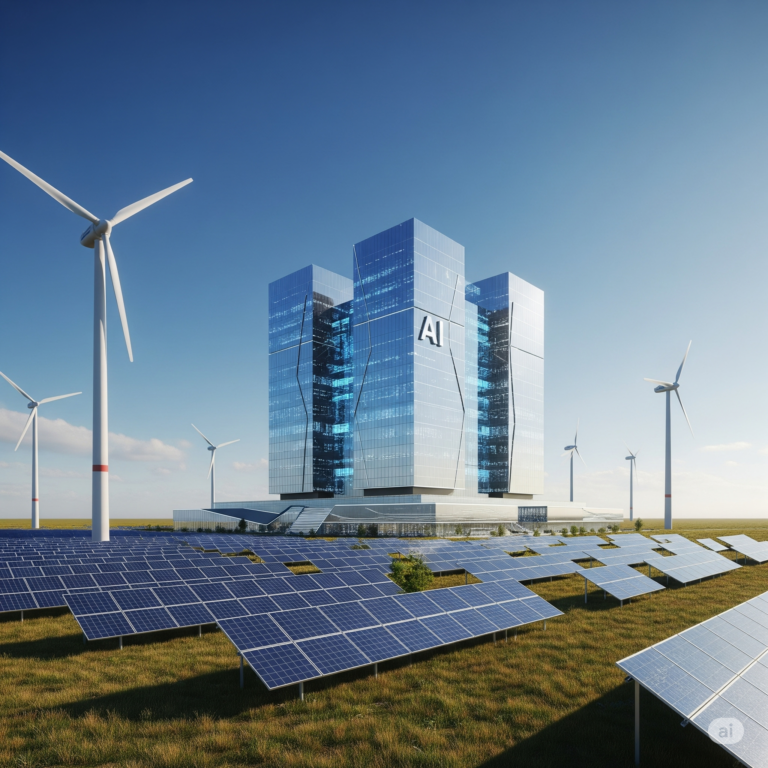

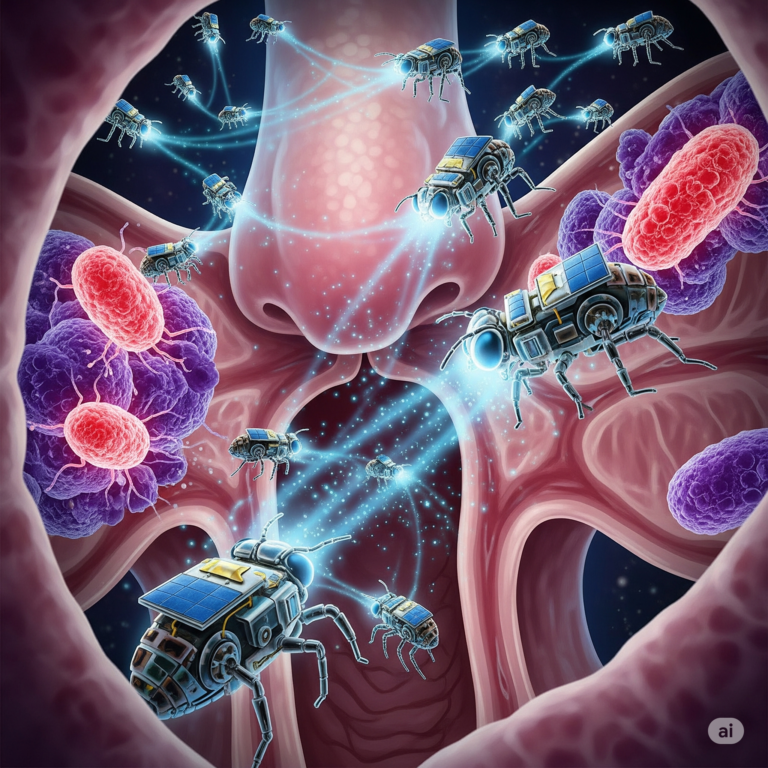
+ There are no comments
Add yours